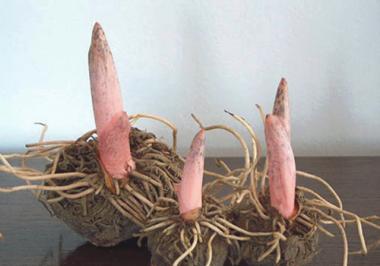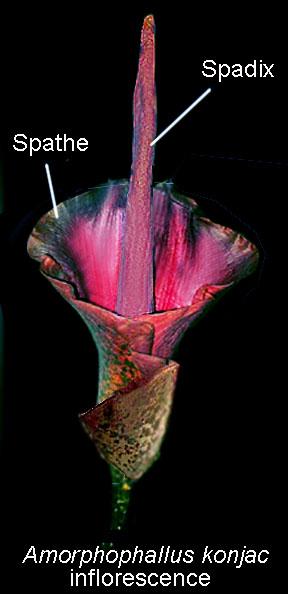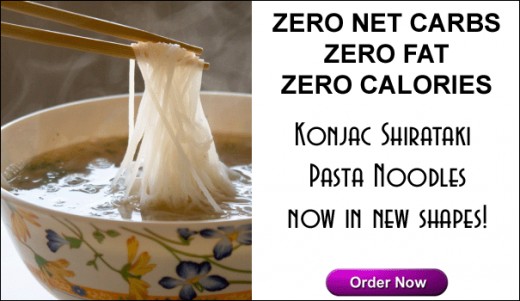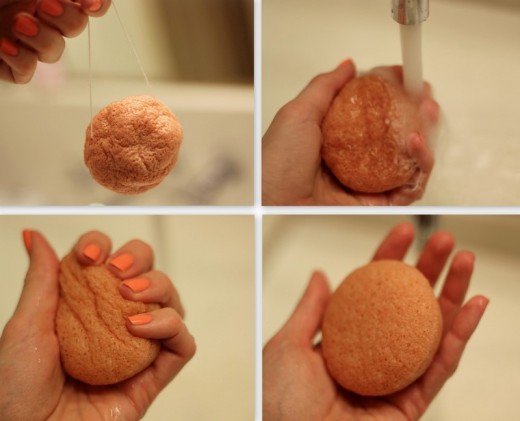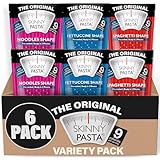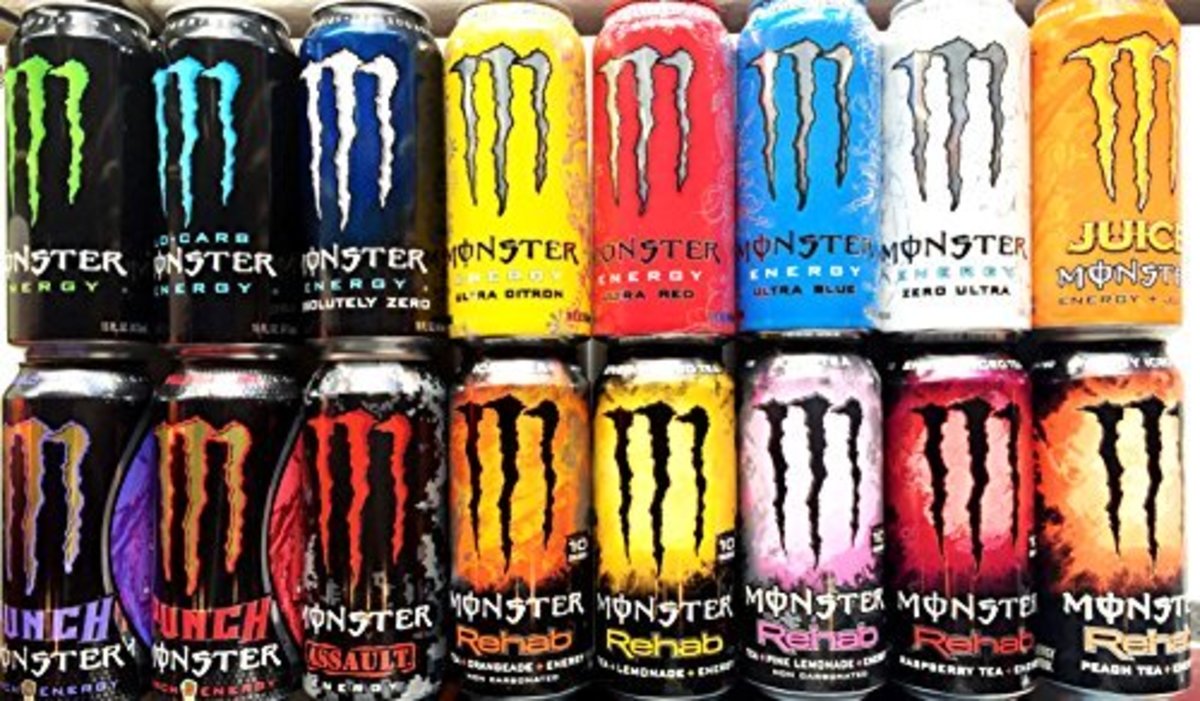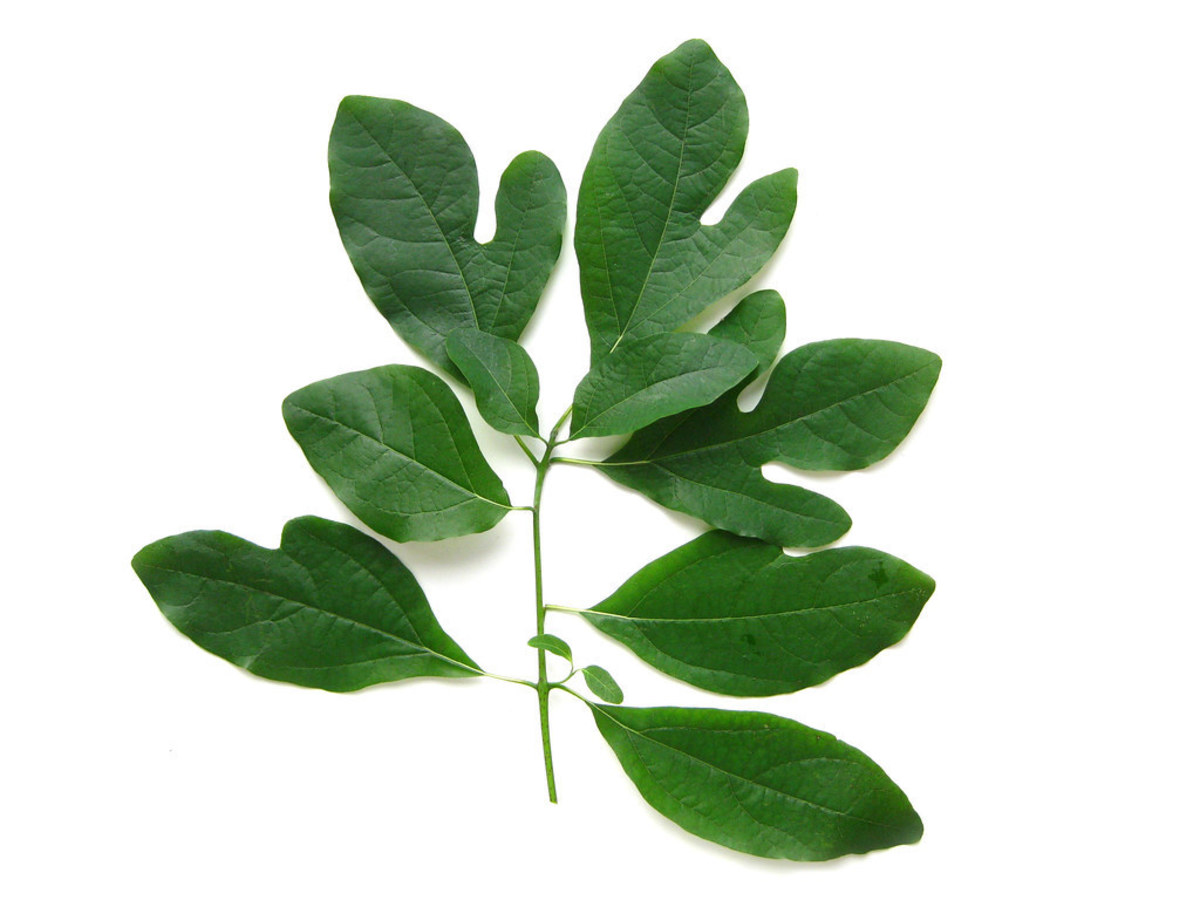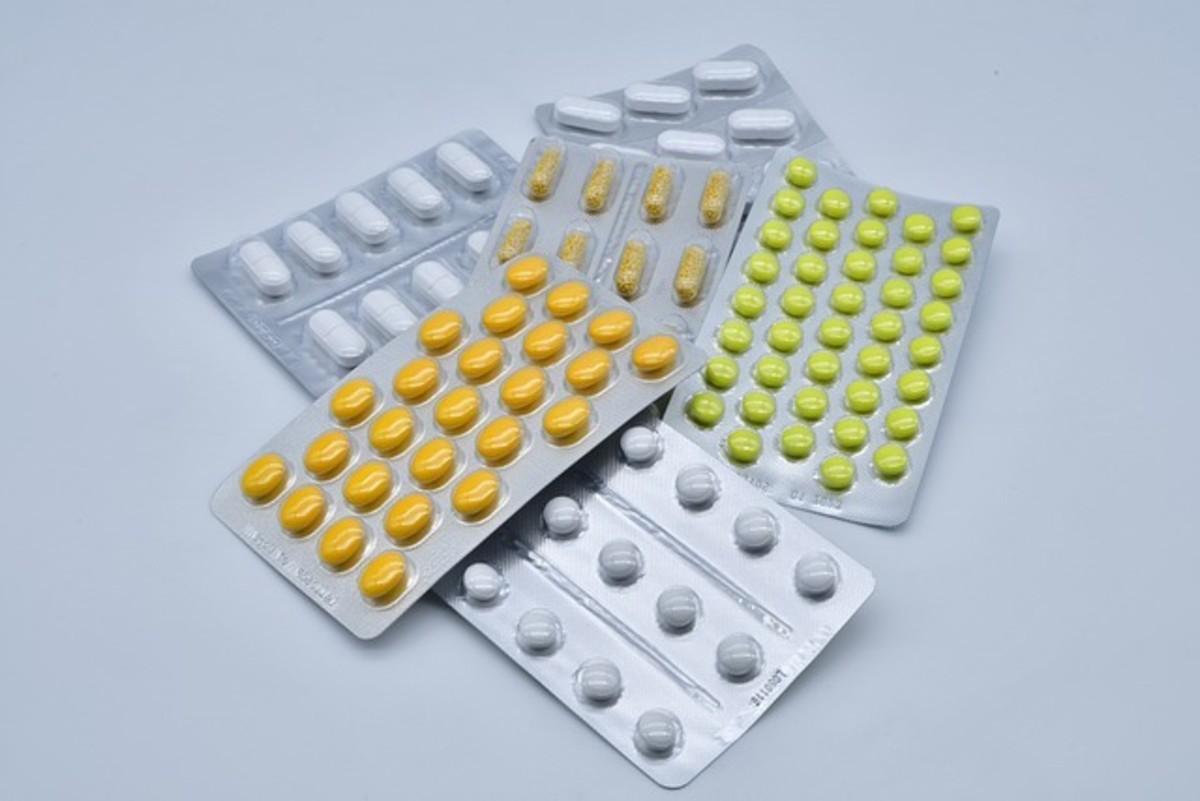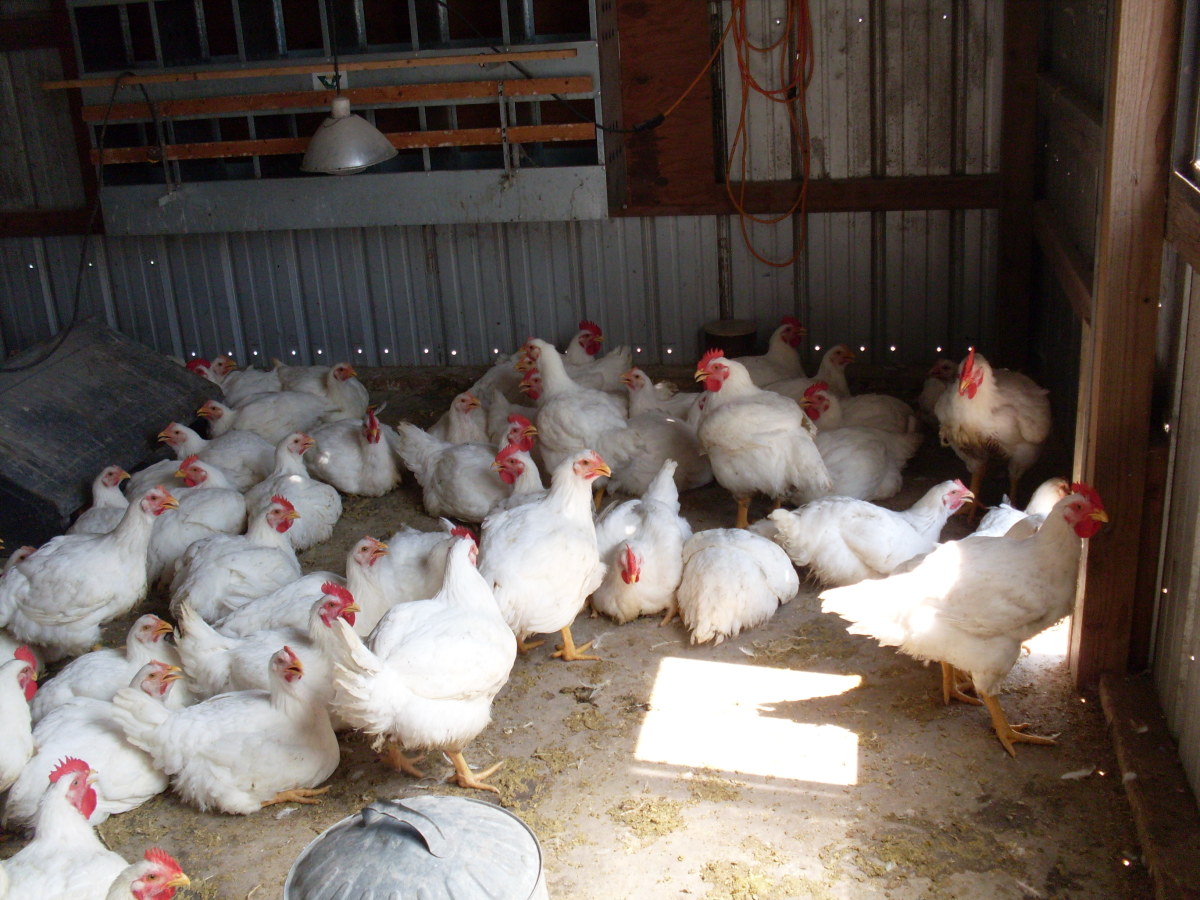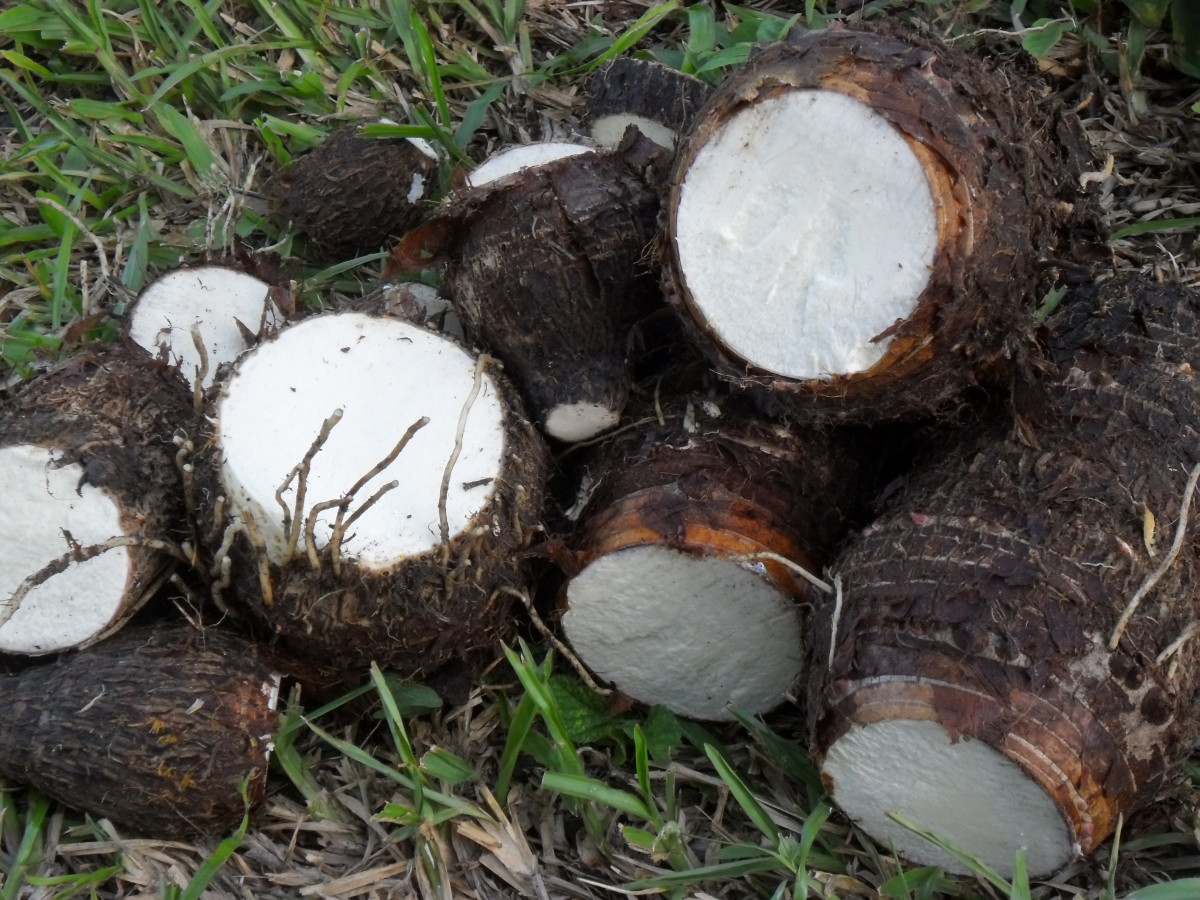The Power of Konjac Root





The healthier alternative to flour and corn starch
Konjac comes from the root of the Amorphophallus plant, a plant found in China and Vietnam but primarily cultivated in Japan. In its powdered form, it has the same consistency of corn starch and when it's cooked, it has a gelatin appearance, thickening whatever food you add it to, even fruits or pies but with 10 times more strength than corn starch and without the starch.
Konjac Root is where Glucomannan comes from, known for its lowering of cholesterol, blood pressure, glucose levels, hypertension and now used as a dietary supplement due to its high fiber and zero calories. If you've ever eaten Shirataki Noodles, those clear noodles in soup, then you've eaten Konjac.
There is a limit to how much you should take per day. Of course that depends on your overall health and what it is you are using it for. The typical dose is 1g - 10g per day. But that's if you are using it as a dietary supplement or as a way to lower cholesterol or blood pressure. There are many positives to this root. There is no gluten, no calories, no sugar, no starch. It is a pure vegetable that behaves like a Tofu in a diet by filling you up with its high fiber and helping your digestion by thickening the bile acids, making for better elimination. And this is why you need to be careful on your intake. Common sense tells you the more you take, the more obstruction you will make, causing blockage and constipation.
Konjac is water-soluble so you can take 1g with a glass of water before a meal and you will eat less while helping your digestion. Always dilute in cold water. When heated, it becomes thick and gel like.
TIP: Use with meals instead of drinking it straight. You won't notice it and will be better diluted in the food. If you are not sure how much to use, remember it is 10 times more powerful than corn starch, so adjust accordingly.
WARNINGS: Minor side effects in some people include gas, bloating and diarrhea. It can also interact with other medications for Diabetes, and lessen the effect by absorbing them. Do not take Konjac at bedtime and if you have a digestive disorder, best not to take it because it can cause obstruction. Of course this does not pertain to everyone but the warning is in place for your benefit.
Choking Risk:
The U.S. Food and Drug Administration (FDA) issued product warnings in 2001 had subsequent recalls in the United States and Canada for the gel like candies sometimes sold as snacks in Asia and made their way here. Some of these snacks are too large and although they have warning labels, for tiny throats of children or weaker throats of the elderly, it is an issue and something to take into consideration.
Unlike gelatine and some other commonly used gelling agents, Konjac jelly snacks or any time you cook it and make the gel into a shape that isn't comfortable to swallow, you should remember that it will not melt in your mouth. It becomes a plastic density once heated and may cause issues depending on the size of the jelly you make. The gels are strong enough so the only way to disintegrate it once in your mouth is to apply tongue pressure or chew it, which is why the shape of the food you make is important. This is why the noodles are fine and something shaped like a jaw breaker would not be.
Another way to use Konjac is in sponge form. When wet, it gets soft and once it's dry, it gets hard, similar to those little sponge toys you get that grow when in a water bowl. The sponges are inexpensive to purchase and are great for all skins, especially oily skin, great for removing makeup, exfoliating and rejuvenating the skin. It's also biodegradable, so it's healthy for our planet as well.
Konjac powder can be purchased through a nutritionist because it is being used as a dietary supplement, although Glucomannan gel capsules are not considered safe due to blockages they cause when swallowing.
You can find it on the internet but buy small quantities. A small 8 oz bag has lasted me 3 months, as I only use it to replace flour or corn starch. I have included some links where to buy online.
I am also including a medical information guide to Konjac for those of you who are interested in it as a dietary supplement. It will answer all your safety concerns. Remember, Konjac is not for everybody, so you don't really want to leave it hanging around where children may feed it to your dog. Keep it on a high shelf and label it as such.

